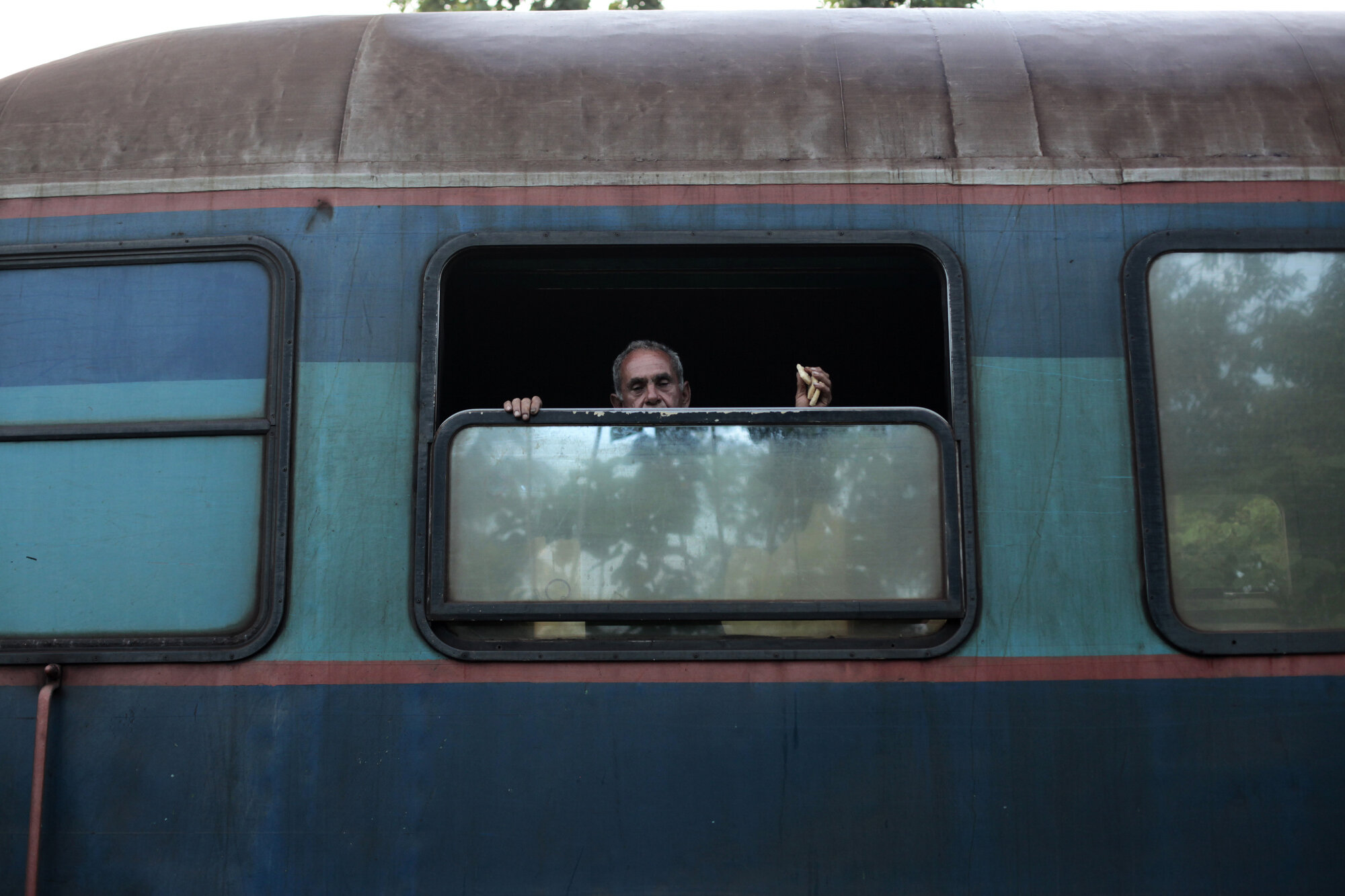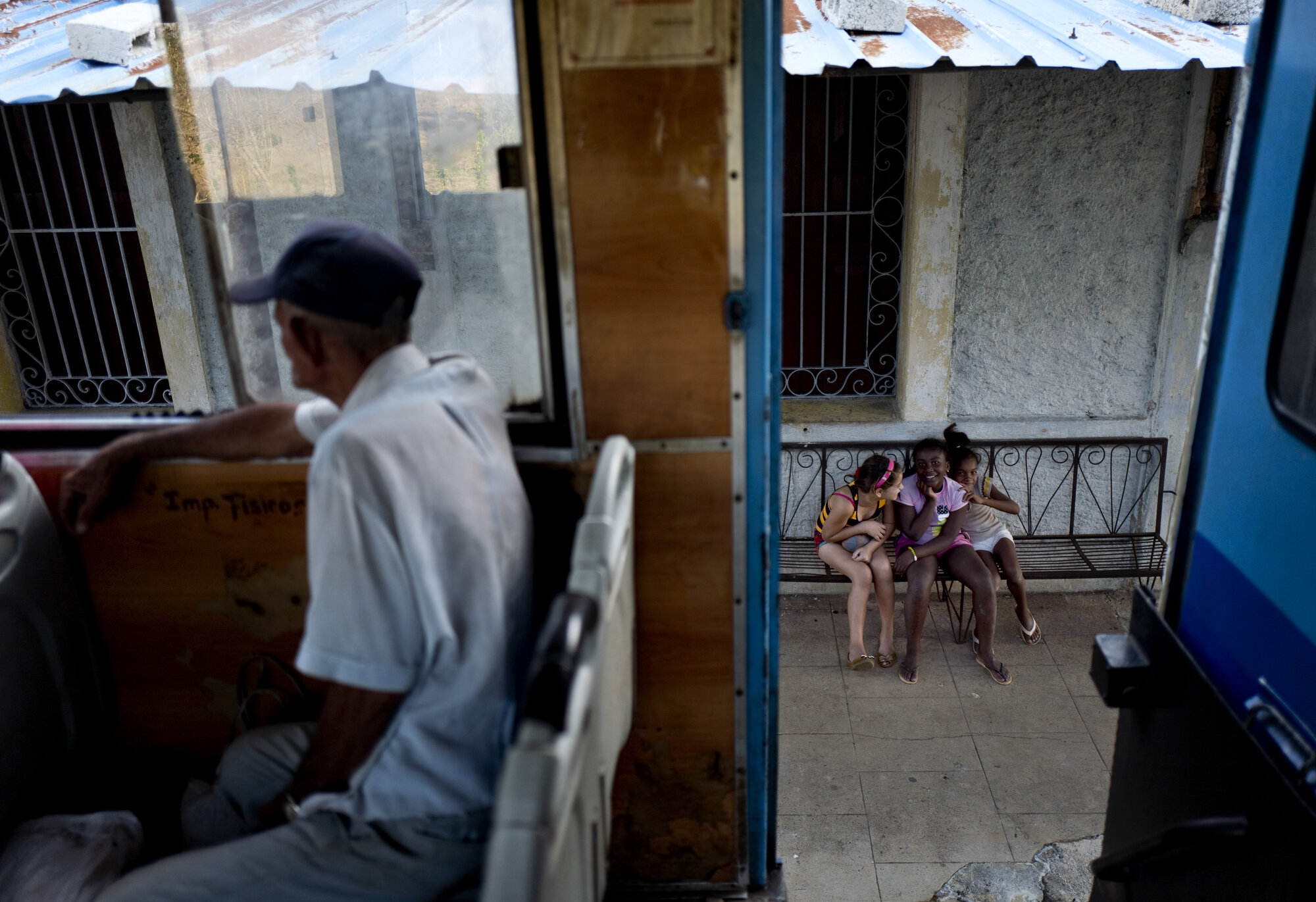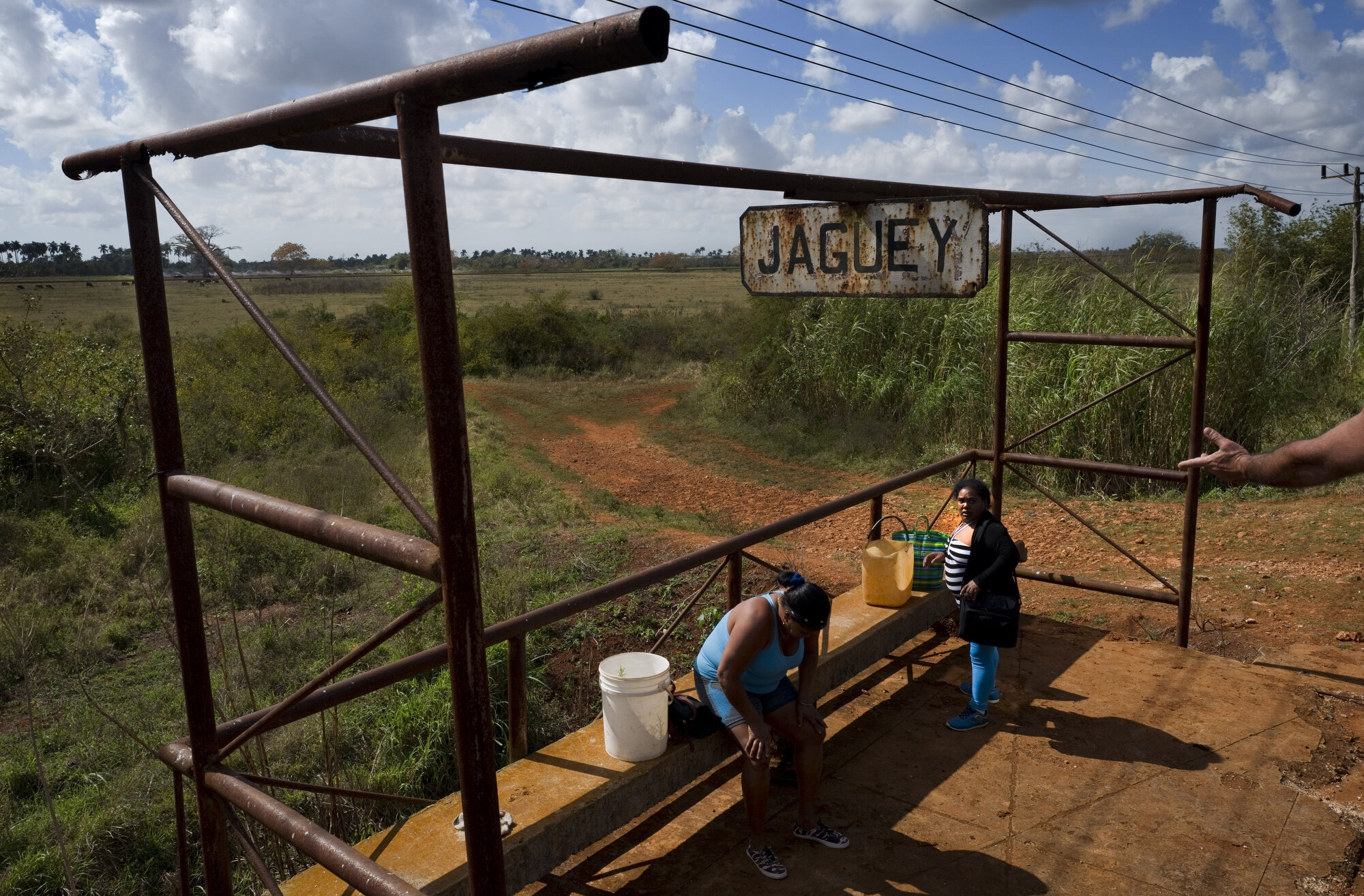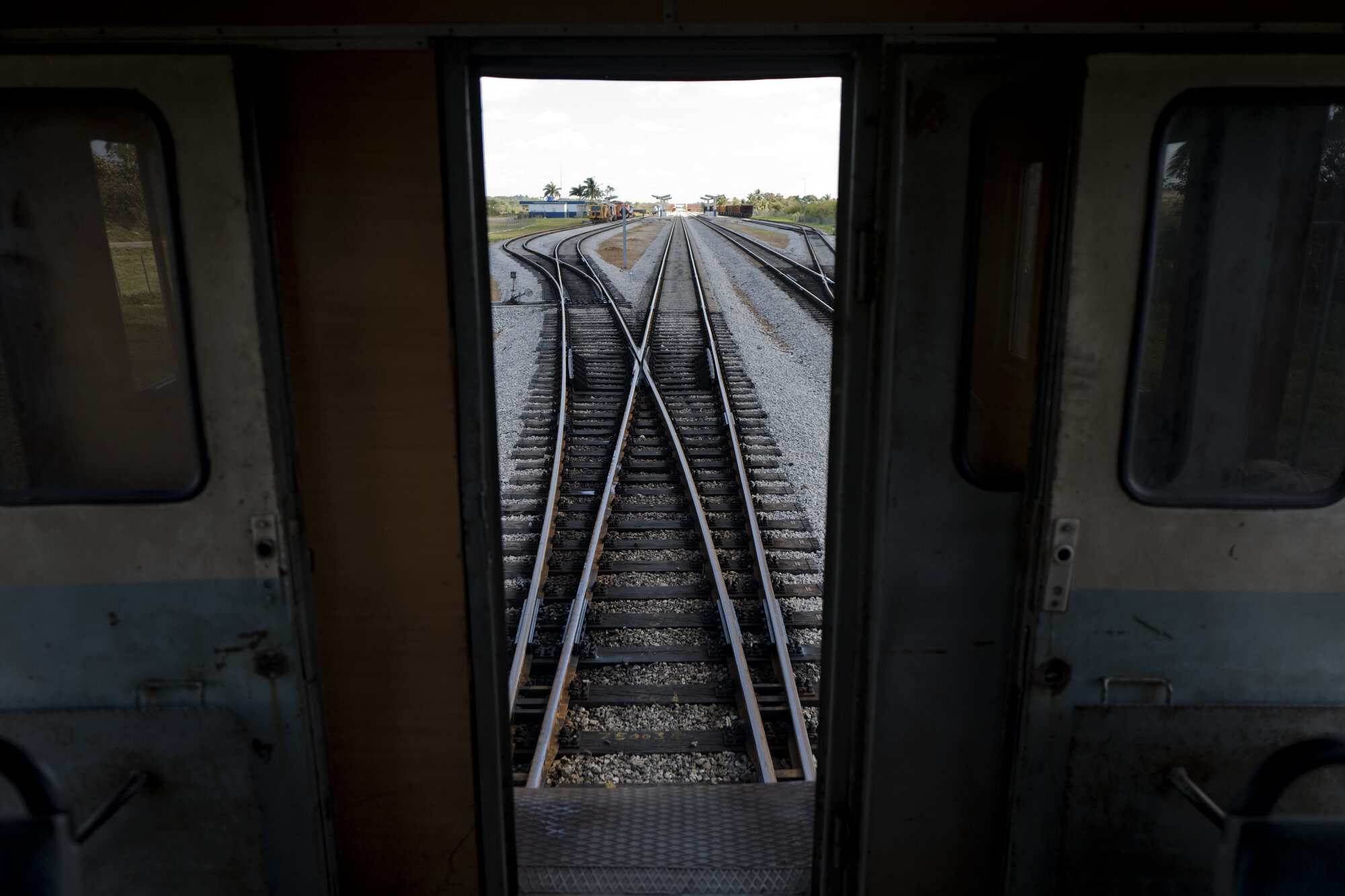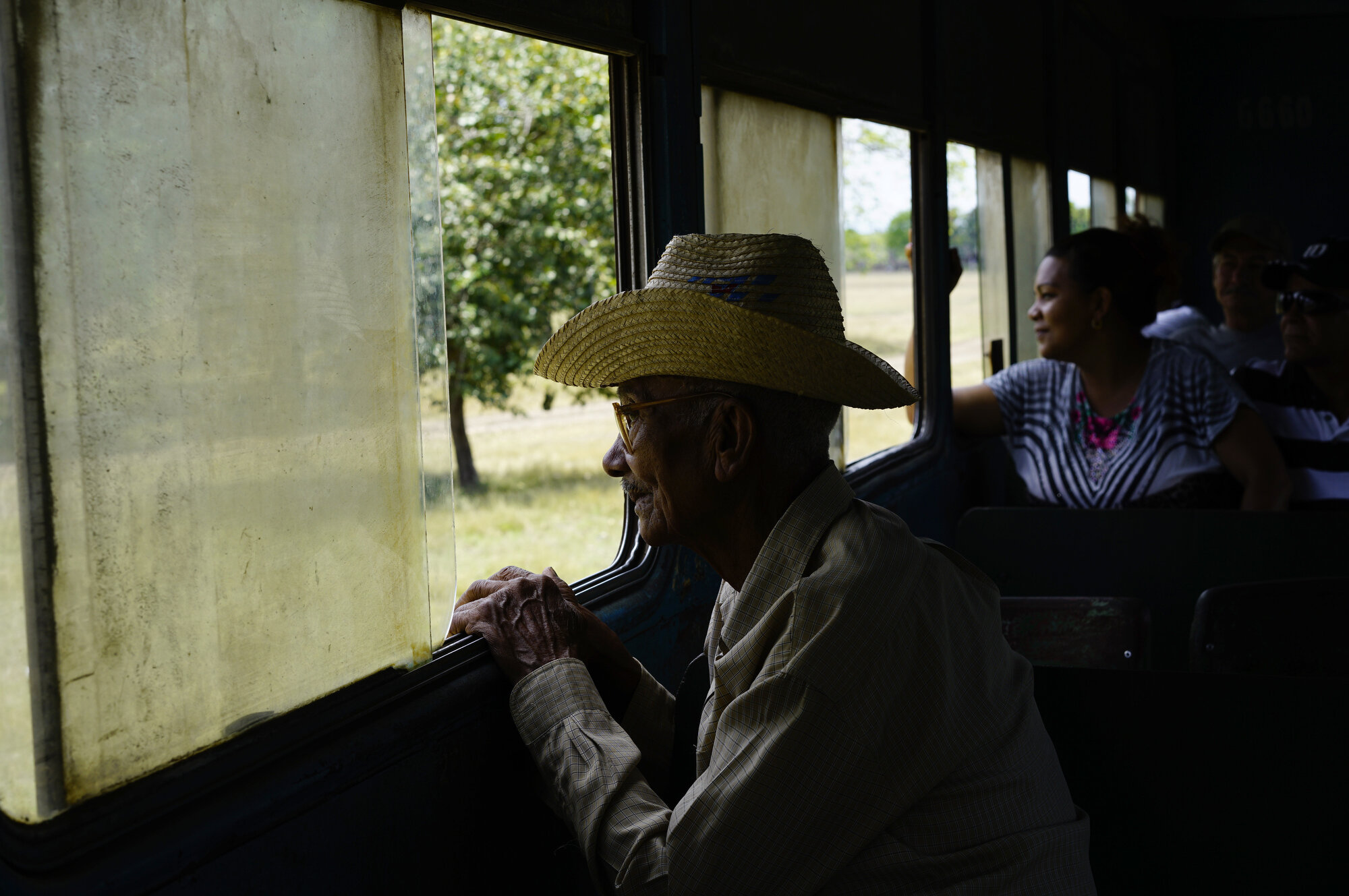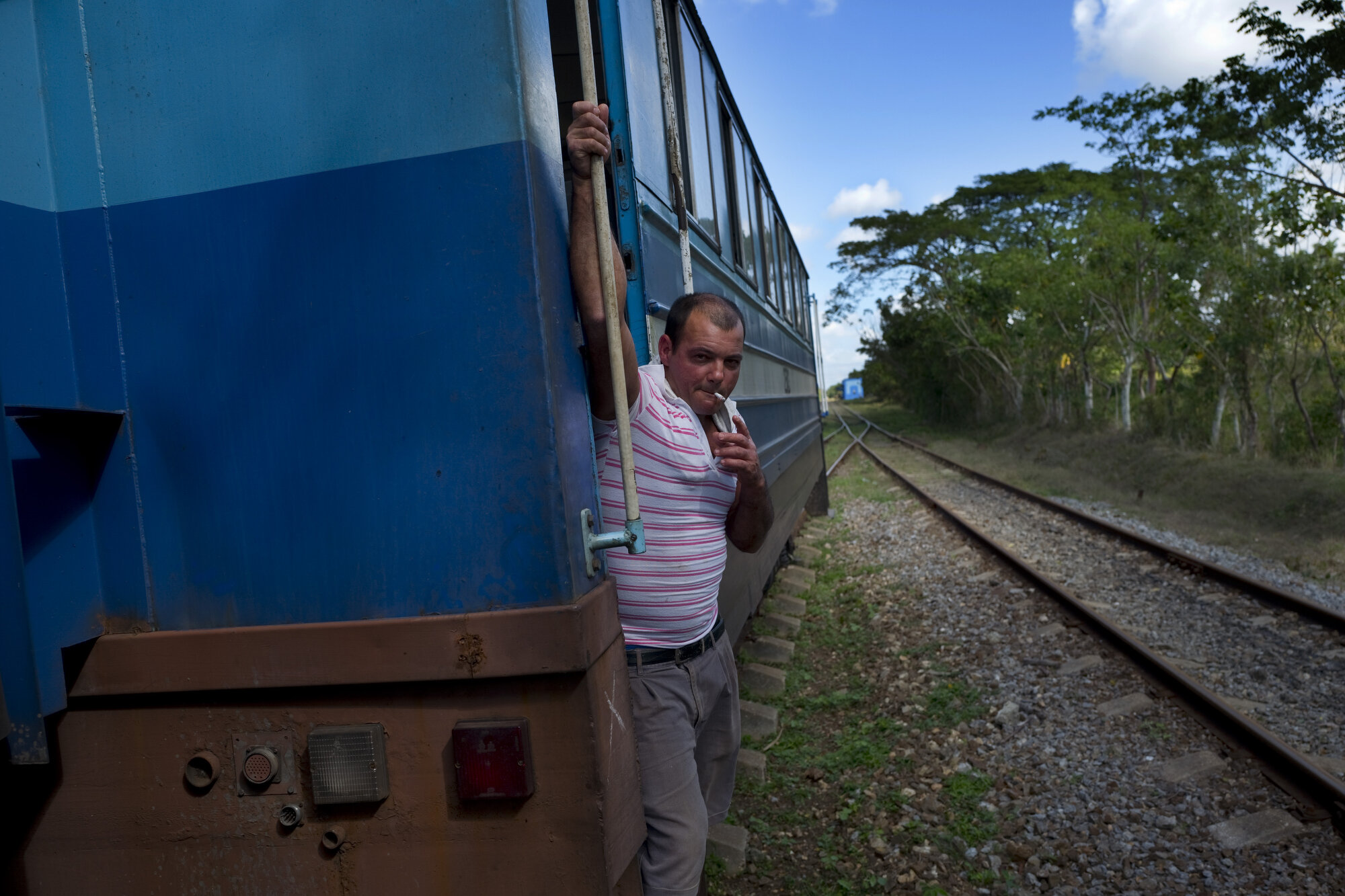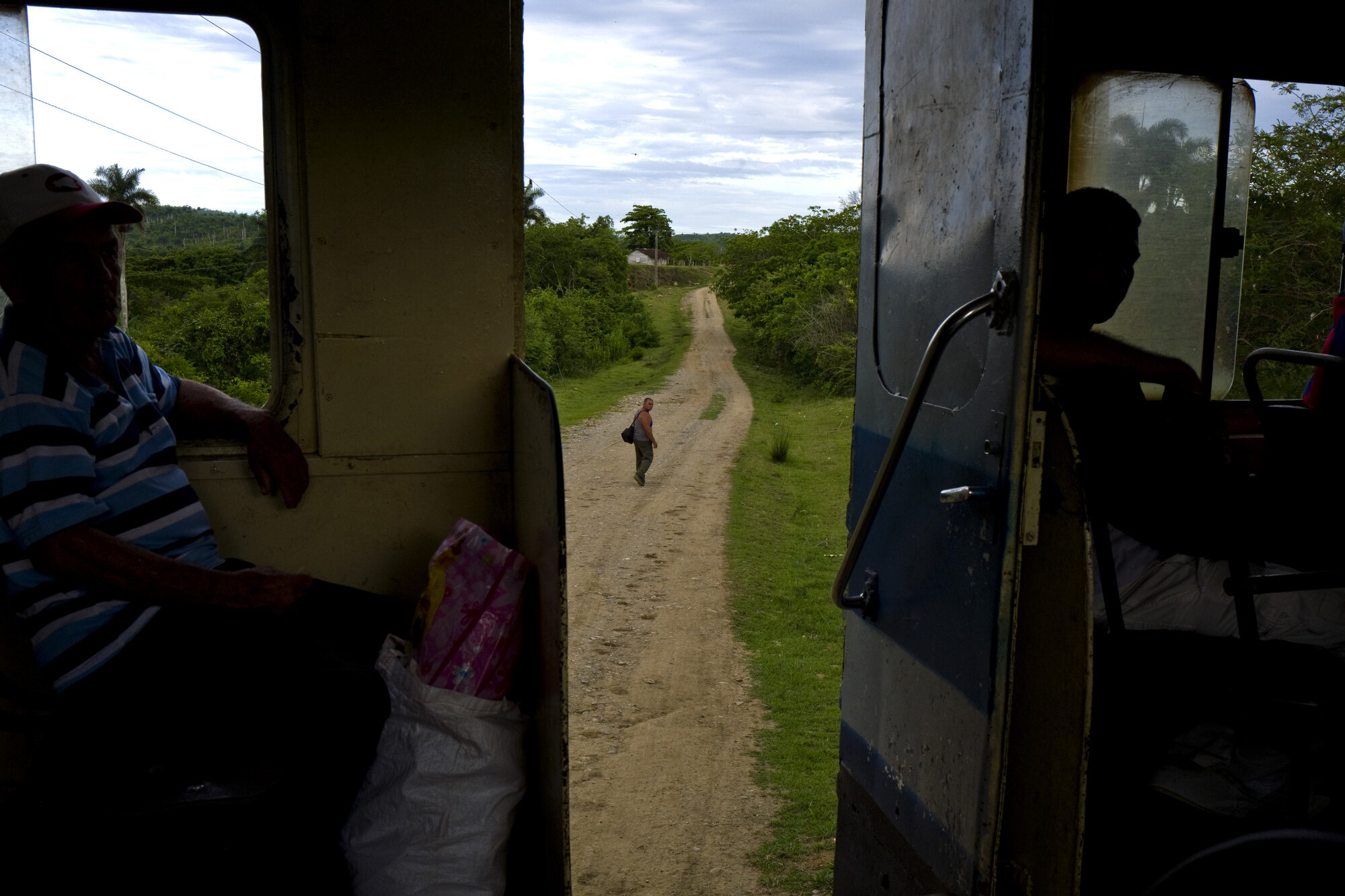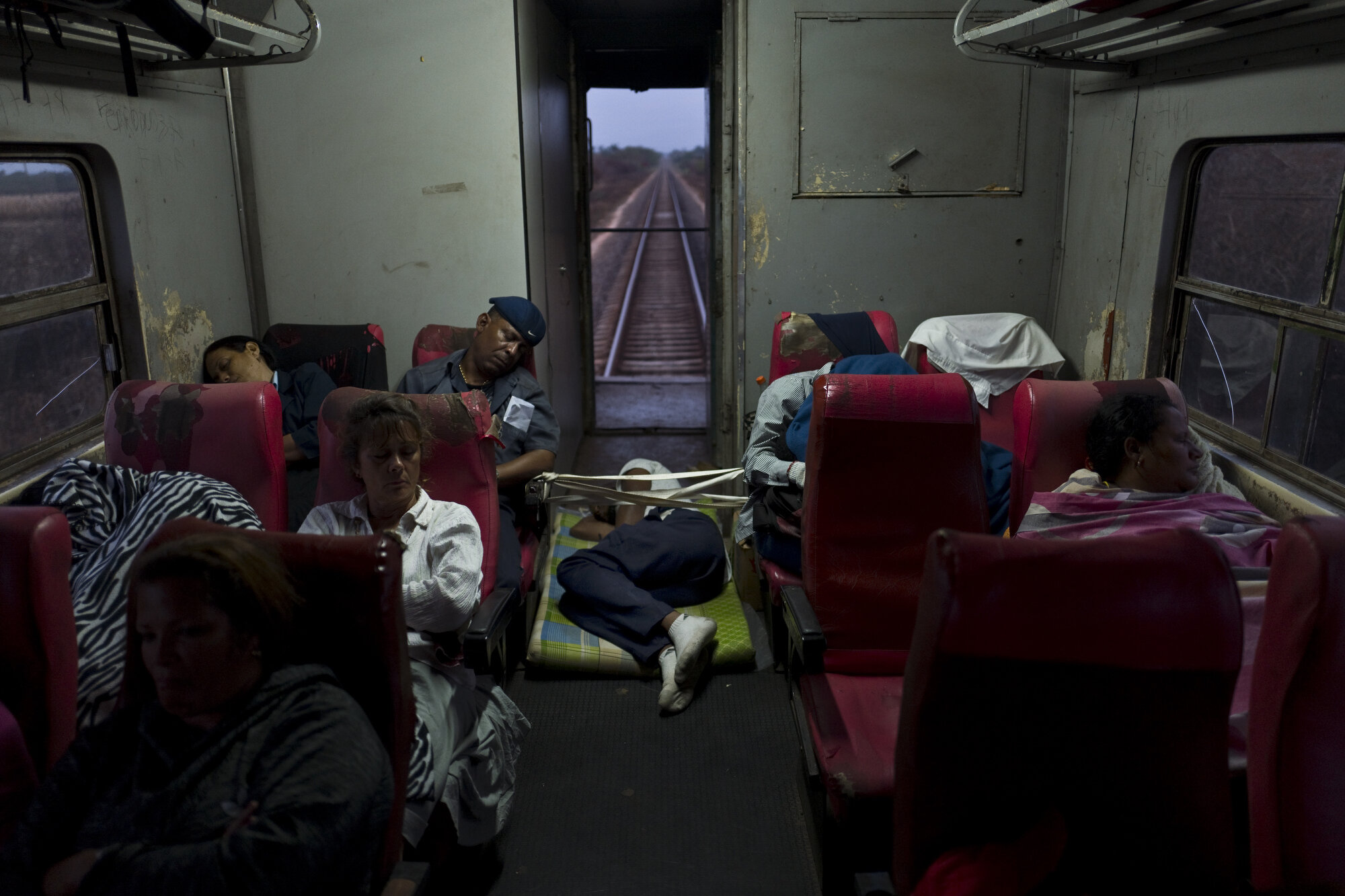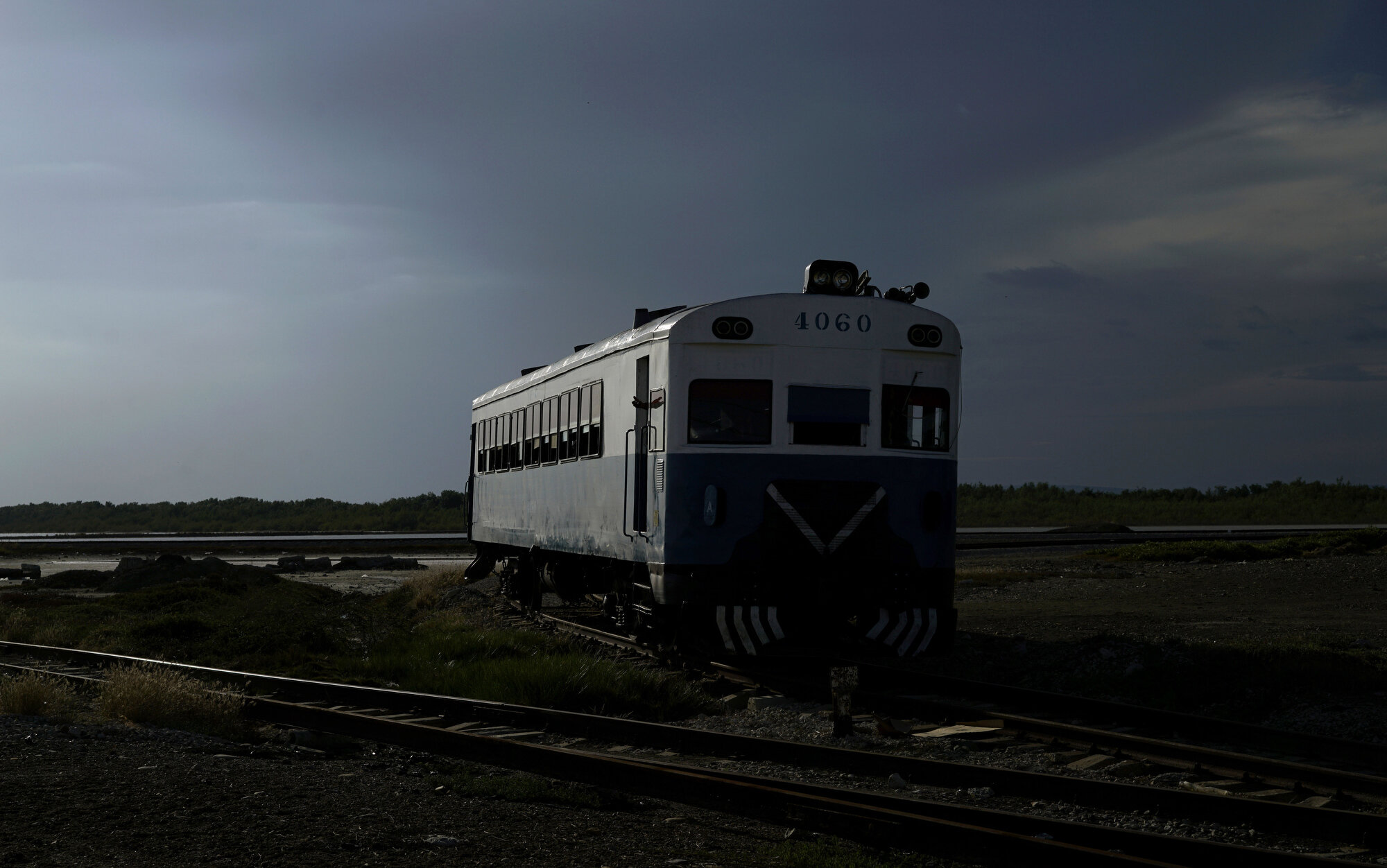Cuba in a Thousand Miles
“When I decided to go to Santiago de Cuba by train, everyone thought I was crazy as it would take three days. Sometimes the journey is worth more than the time.”
For the past eight years, Cuba has been my home—a completely different world in a socialist system that takes some getting used to. Cuban priorities are different and shape one’s mindset towards not requiring too much to live; rather simplicity is a healthy way of life and a good path to evolving as a person. Over the years, this learning has fueled my hunger to know Cuba more intimately, go deeper into its mysteries, and see the real underbelly of the country, beyond what I have been offered in Havana: a city of extreme charm, contrasts, textures, and colors. Thus began my love affair with the trains of Cuba—a way to meet its people, its hidden gems, moments without haste, and places without a care, all to be able to understand Cuba itself a little more.
Cuba was the first country in Latin America to have a rail network. As the world’s largest sugar producer in the 19th century, Cuba’s rail system was developed less with passengers in mind and more to transport sugarcanes to the mills and processed sugar to the ports. Yet today, for many Cubans, the train is the only way to move from one corner of the country to the other, spanning a distance of over 1,500 kilometers. The longest of these lines is the Central line from Havana to Guantanamo, running 1,000 kilometers, covered over 30 hours, for about $1.20.
View Gallery
© Eliana Aponte, 2020. All images on this page.
Camagüey serves as the intermission for this movie and offers an opportunity to stretch one’s legs. How long the stop lasts depends on how the engine and its crew are faring. On a good day, the stop may vary between two and three hours. Some get off the train while others wait inside with their belongings. This is also when the hawkers emerge and sell their wares: sandwiches, crackers, coffee, cheese, and other trinkets. It’s a sight to soak in and a lesson in perseverance.
For a country already running on island time, the trains amplify that notion further. Time stands still but opens up one’s senses and puts them amongst the masses, all going to the real and unseen Cuba for many. Small towns, grazing cattle herded by the campesino, the Caribbean sun setting on fields for as far as the eye can see, and a countryside bereft of any artificial infrastructure are all a far cry from my home in Havana. Yet, my train journey does not end here. I continue to look for more routes and see more of the Cuba that is truly suspended in time. I have barely scratched the surface when it comes to exploring the breadth of this island that is connected by its rail network—old and inefficient, but authentic and soulful.
The journey across the breadth of Cuba is worth more than the time it takes.
“Cuba in a Thousand Miles” is part of an ongoing quest for Eliana Aponte to explore the regions and breadth of Cuba connected by its centuries old rail network. Aponte finds inspiration in these derelict trains to meet Cubans from the interiors of the island and document their journeys while exploring the country that extends well beyond the charms of Havana. An version of this project, “Life Aboard Cuba’s Aging Trains,” was published by National Geographic in 2018.

